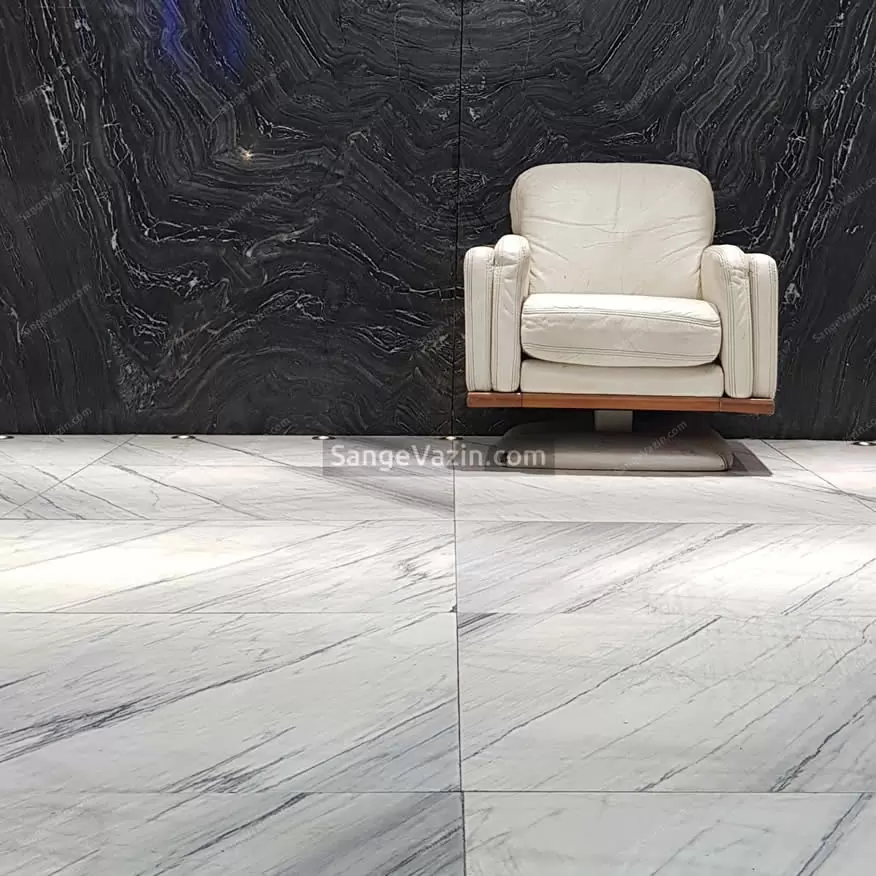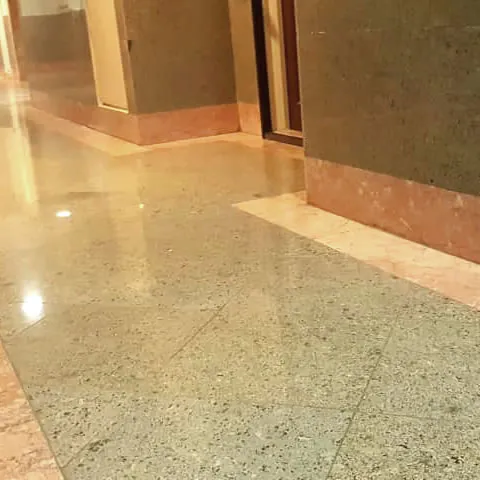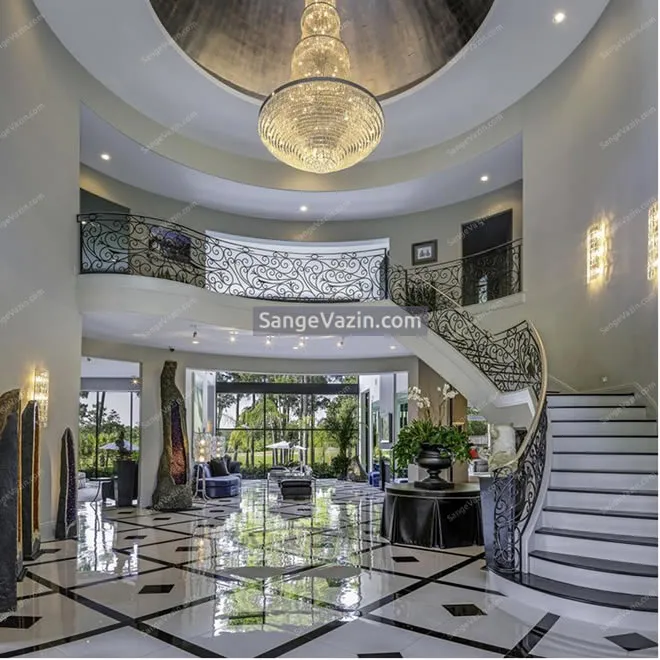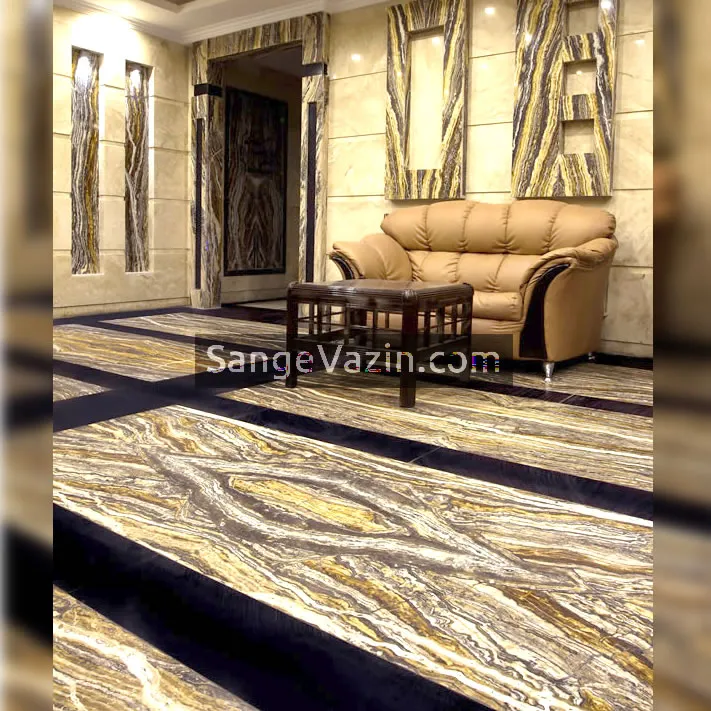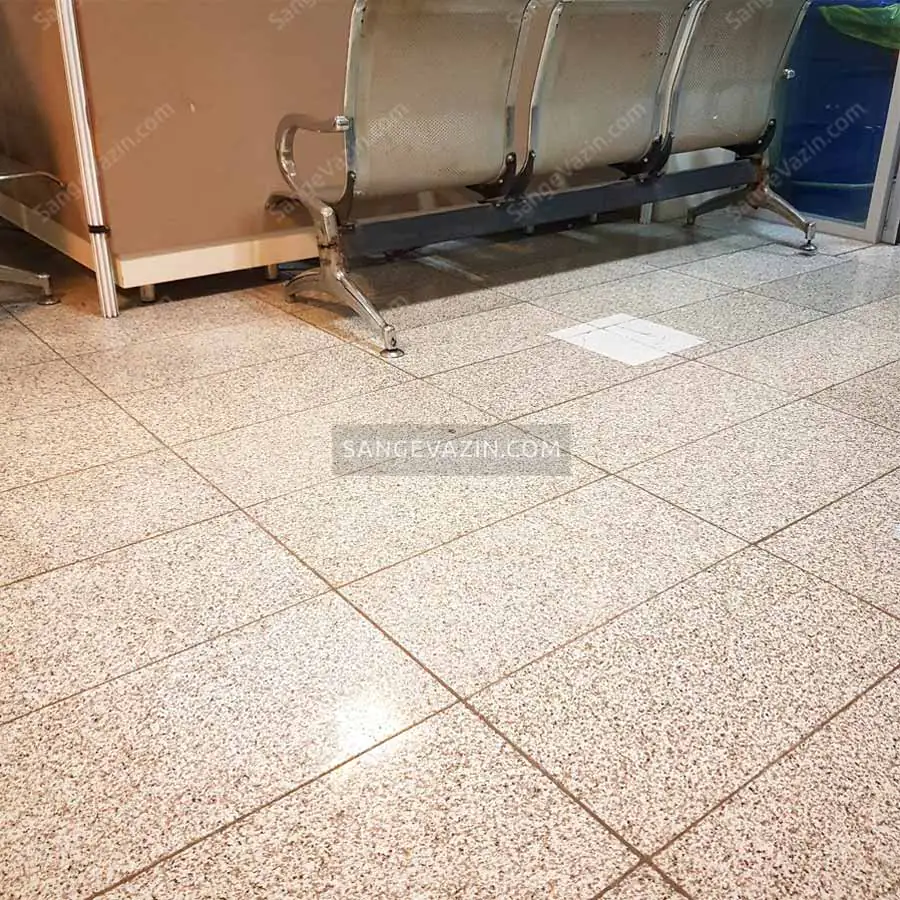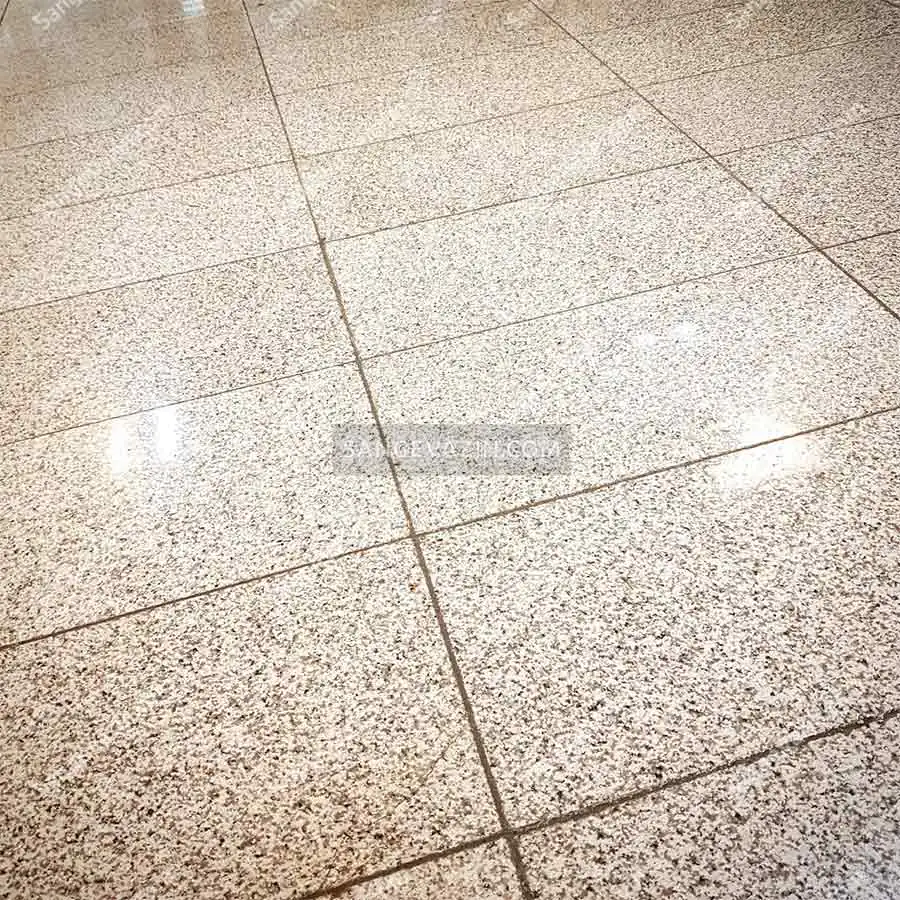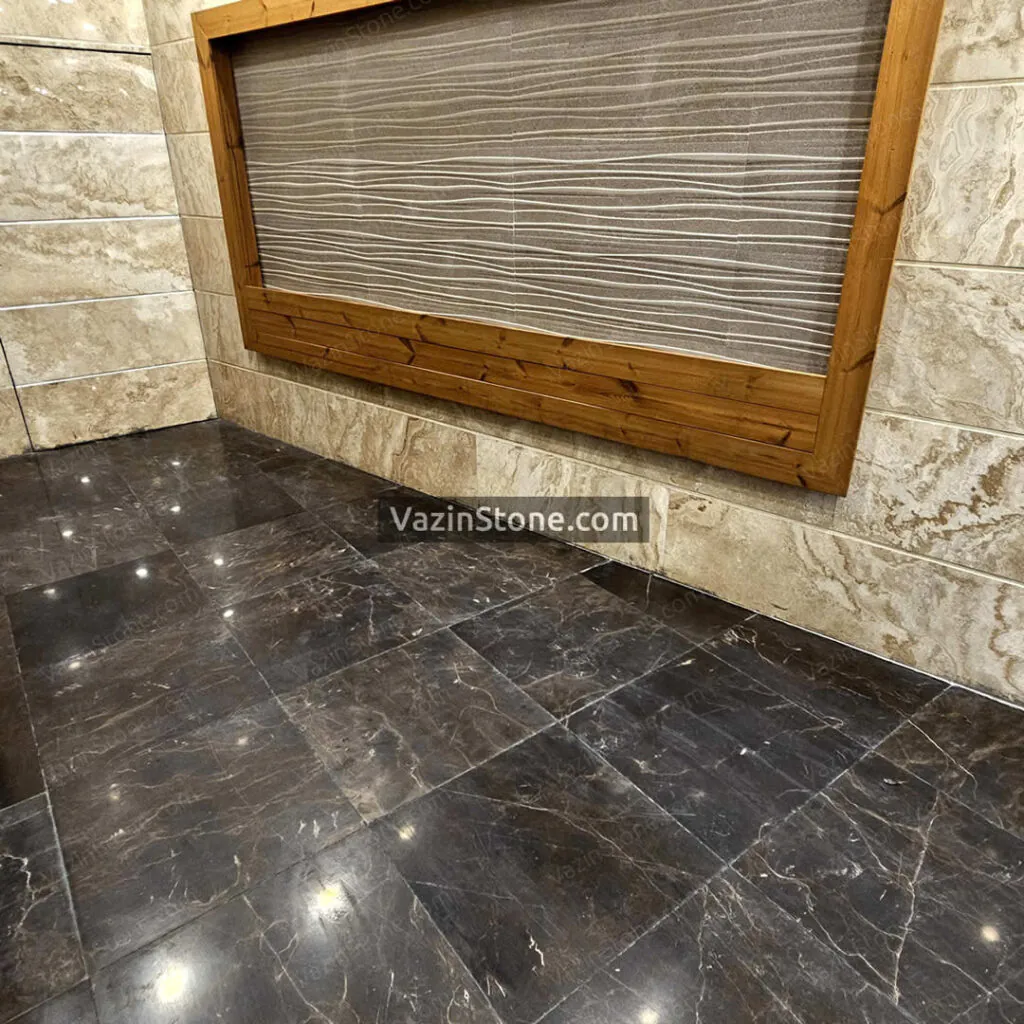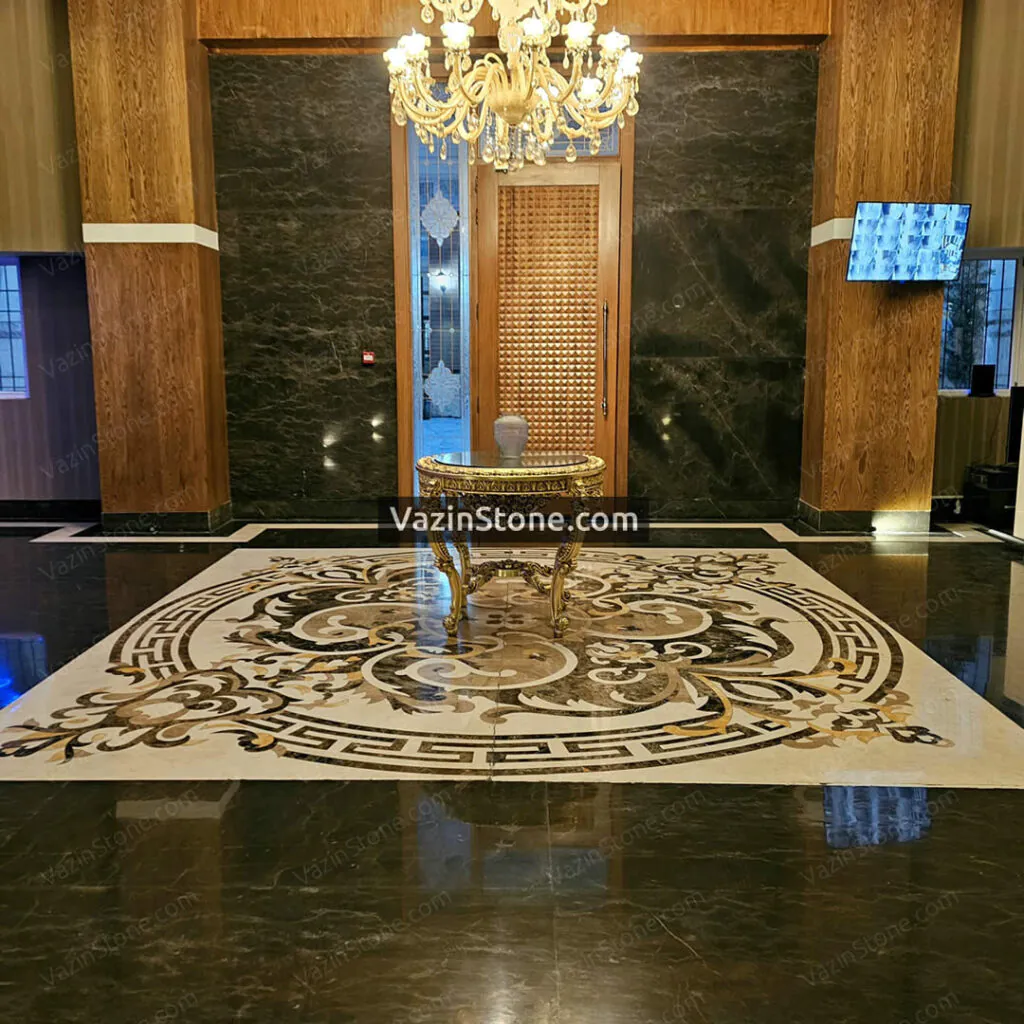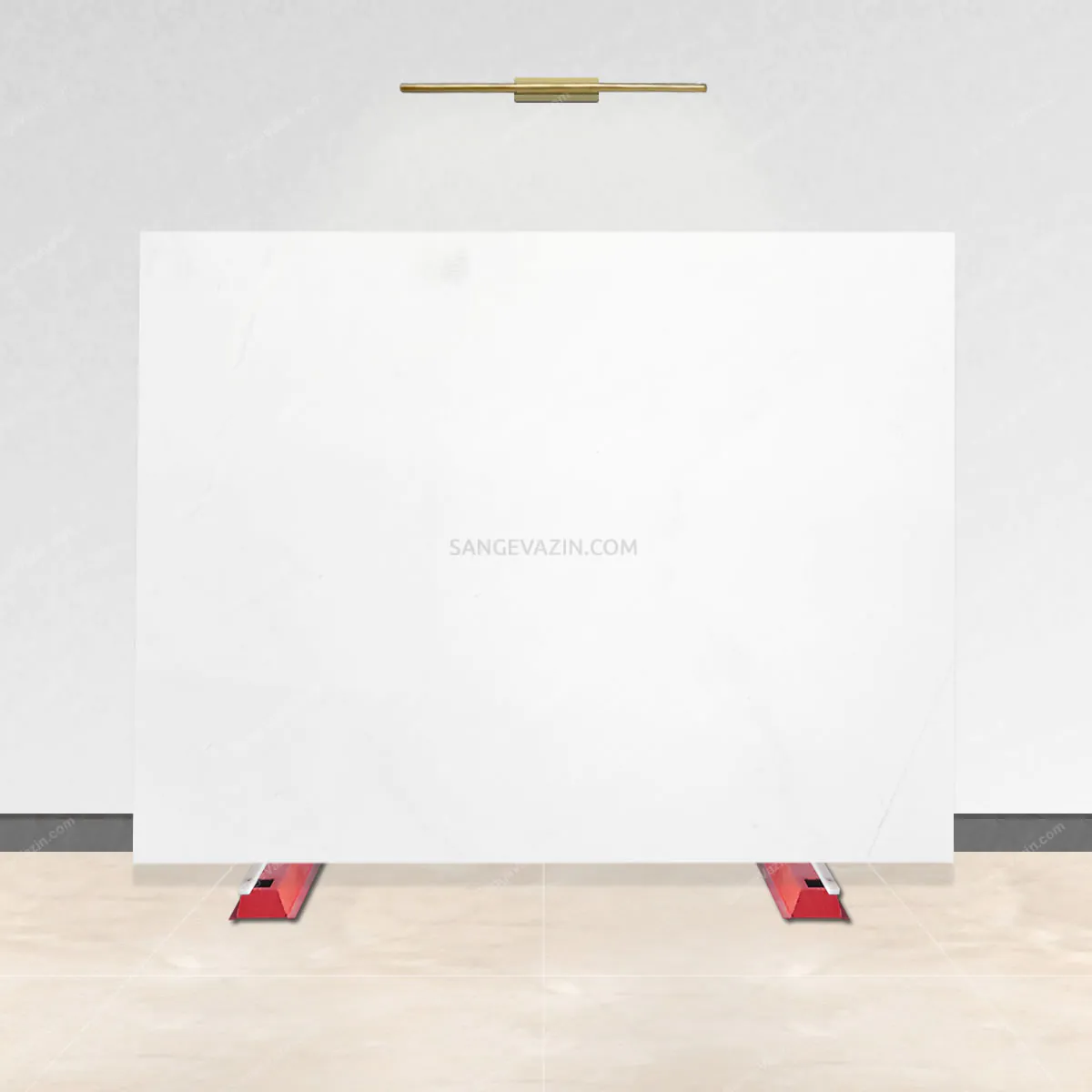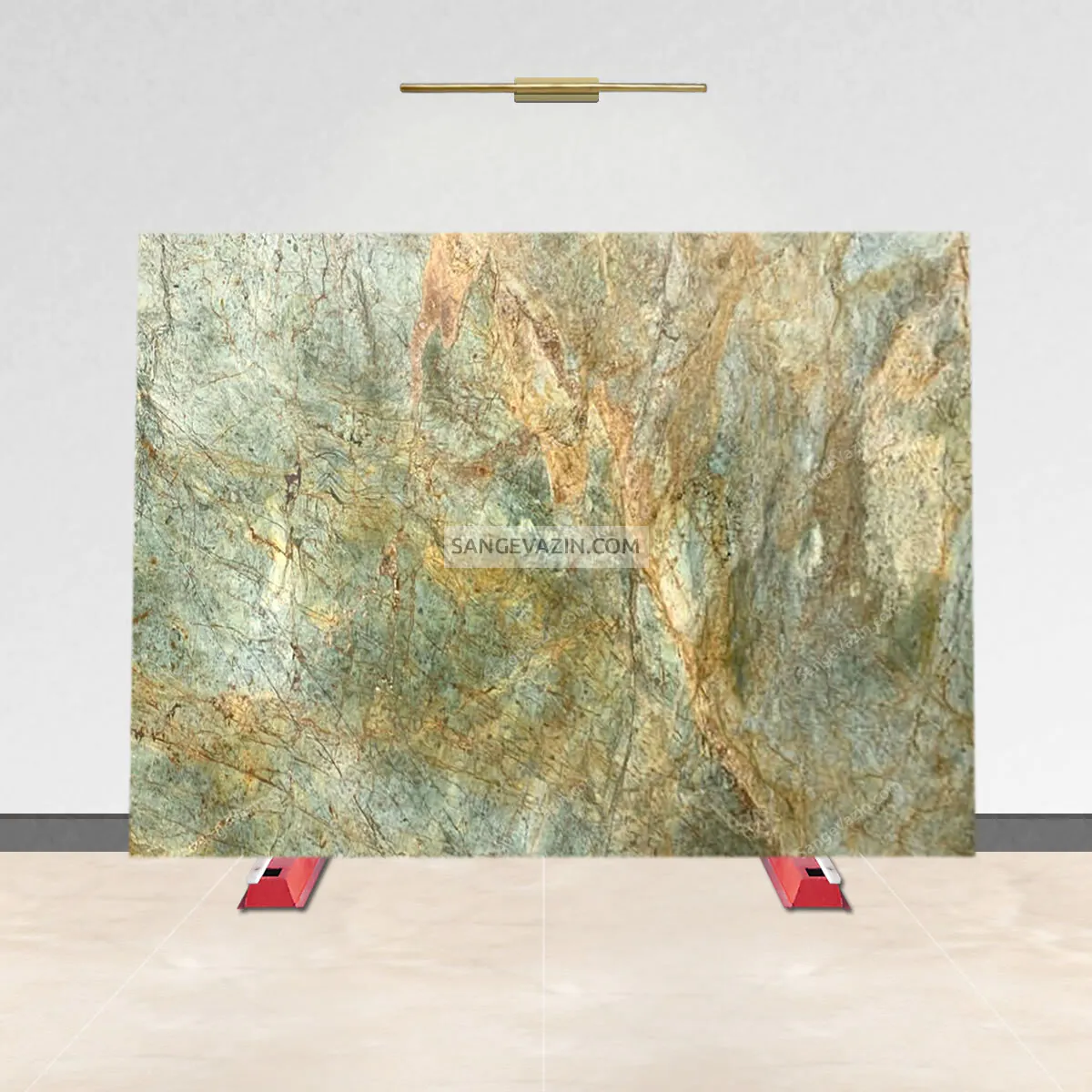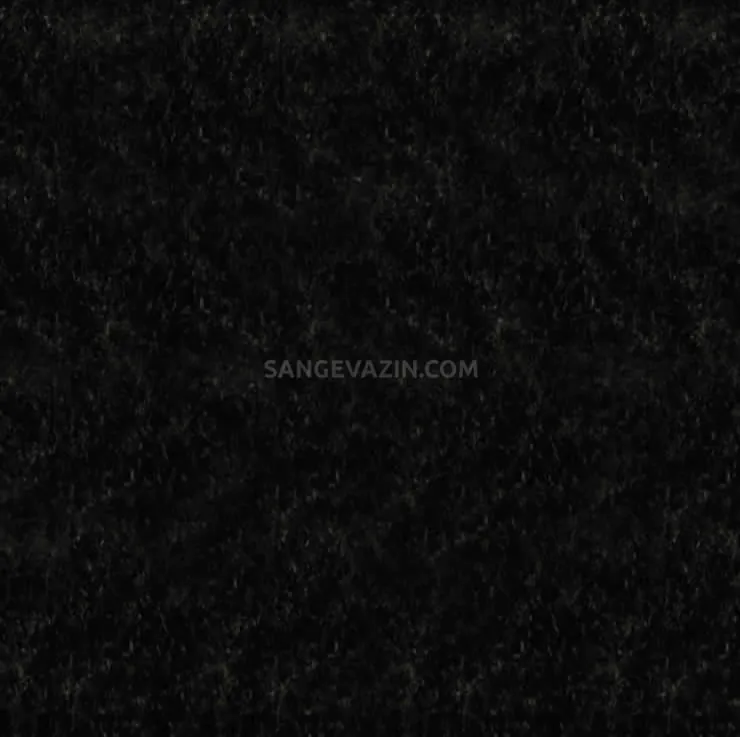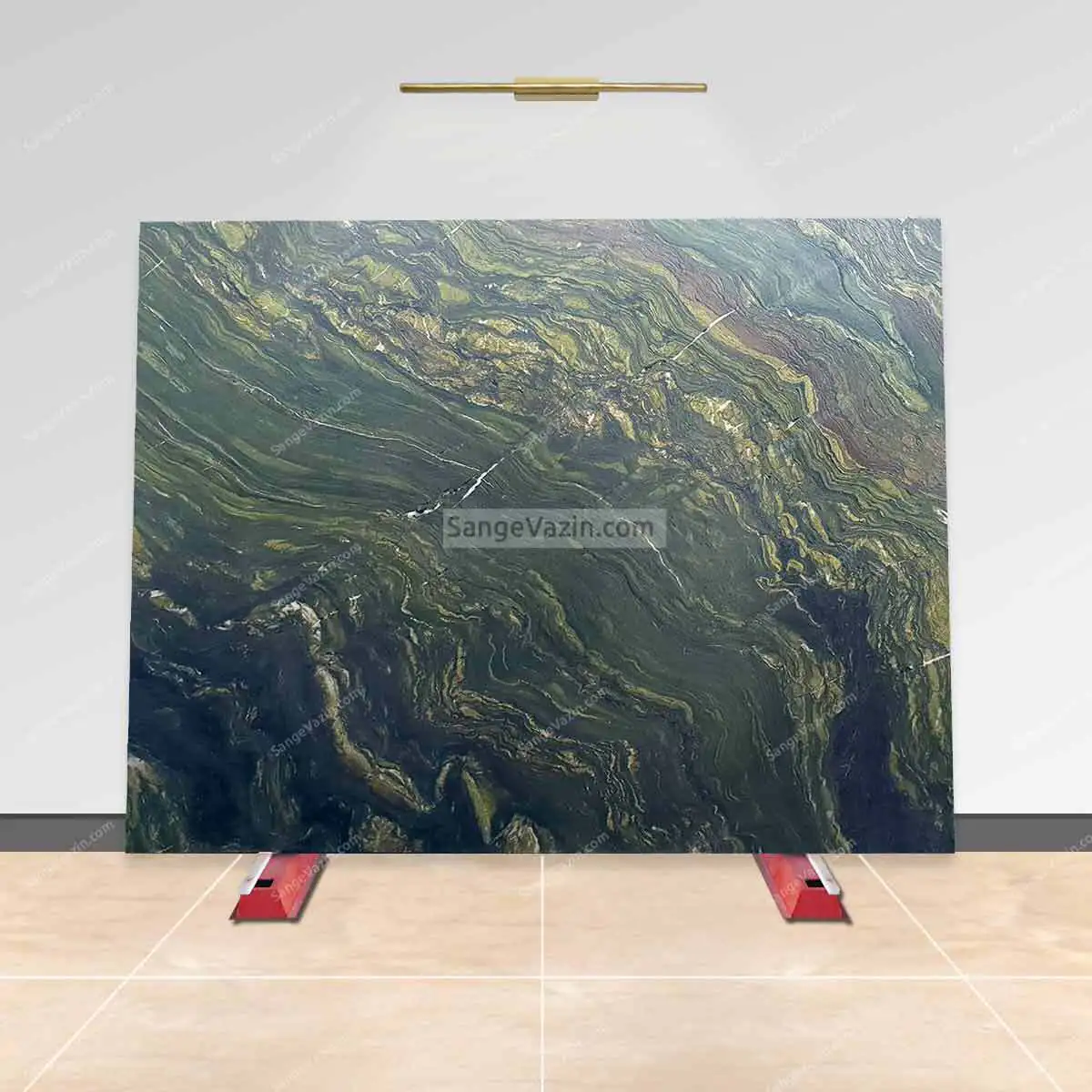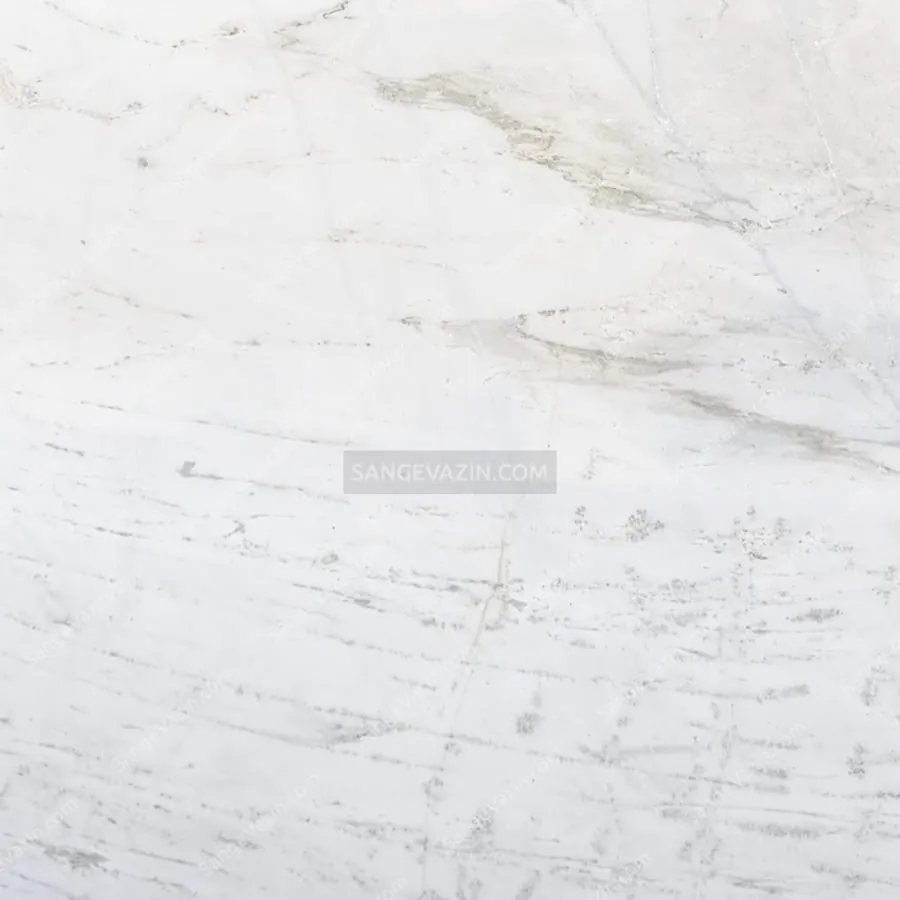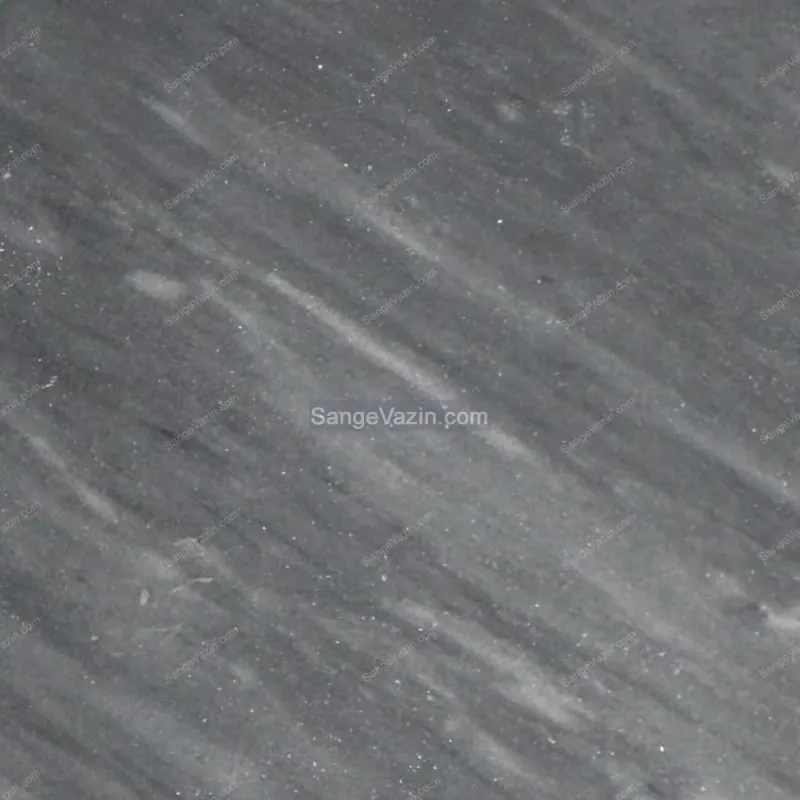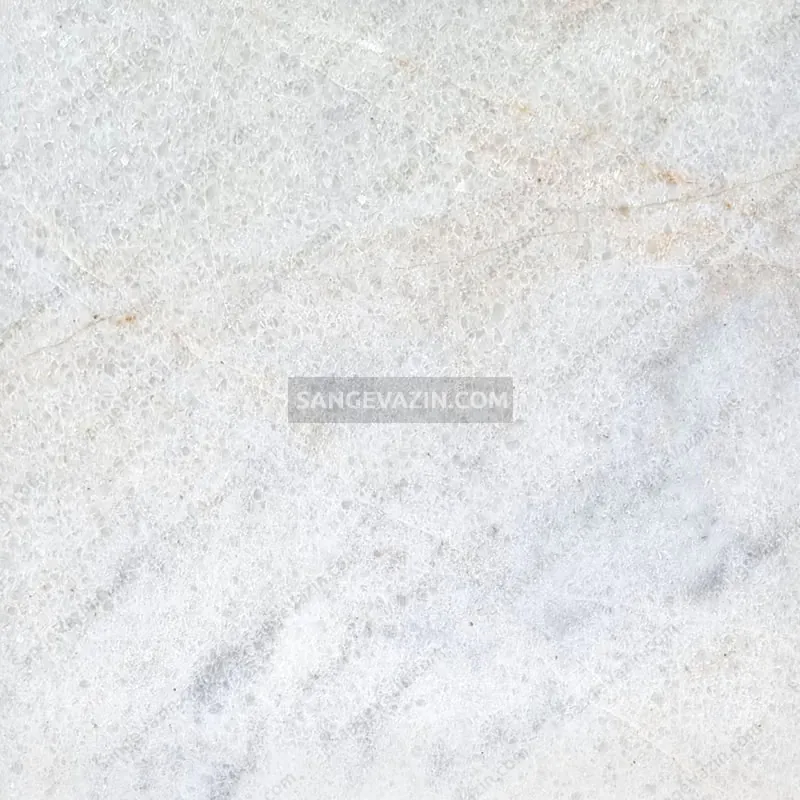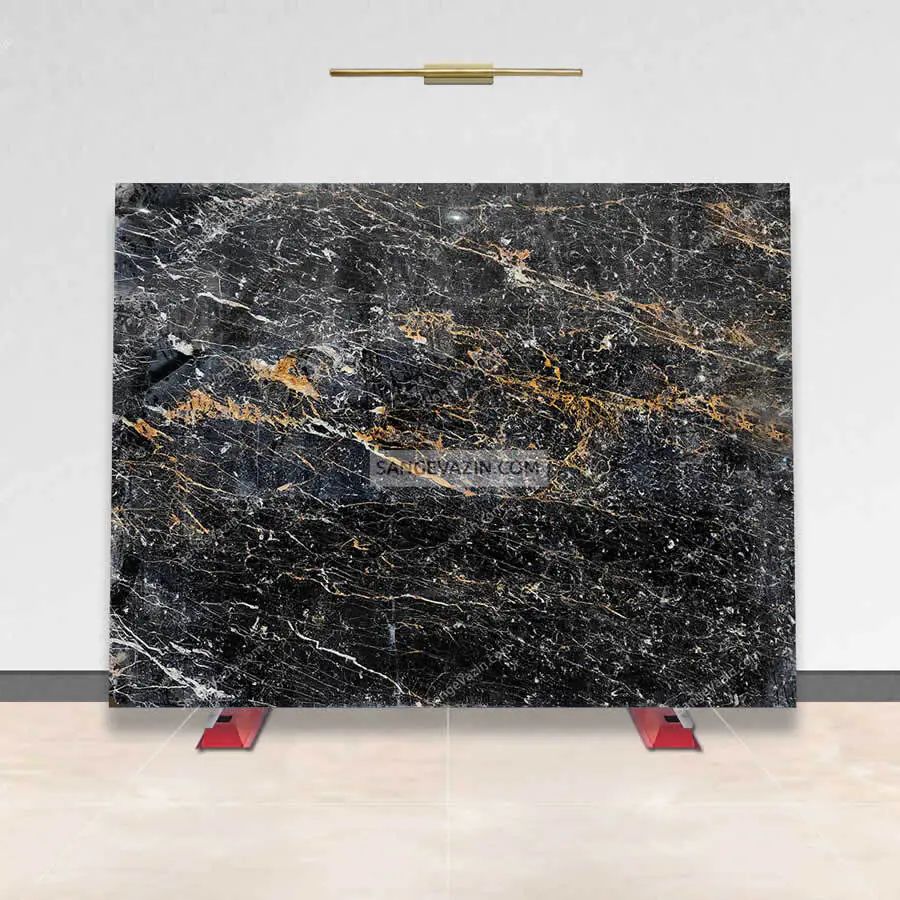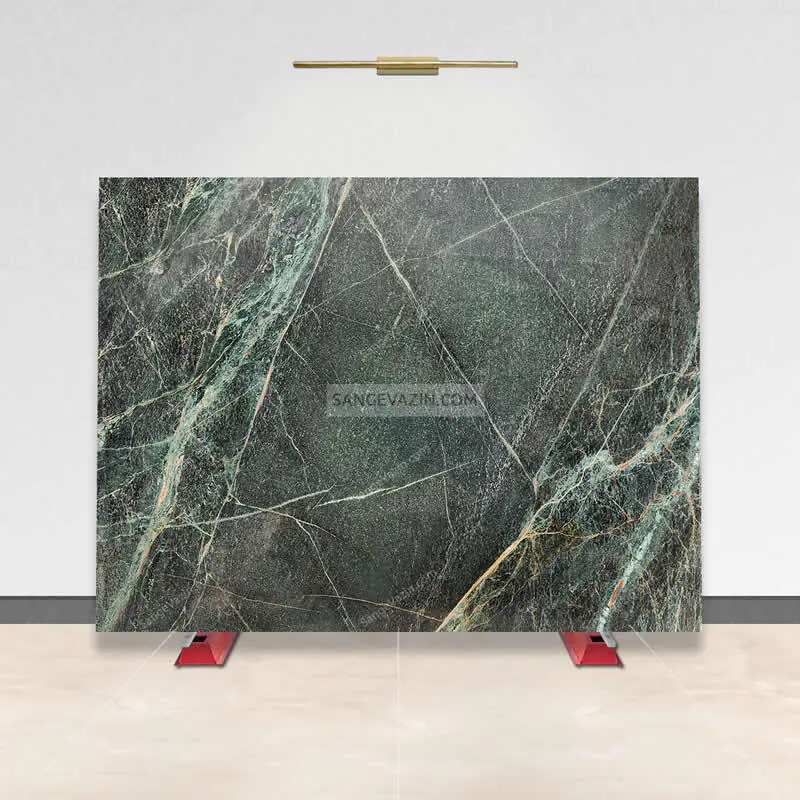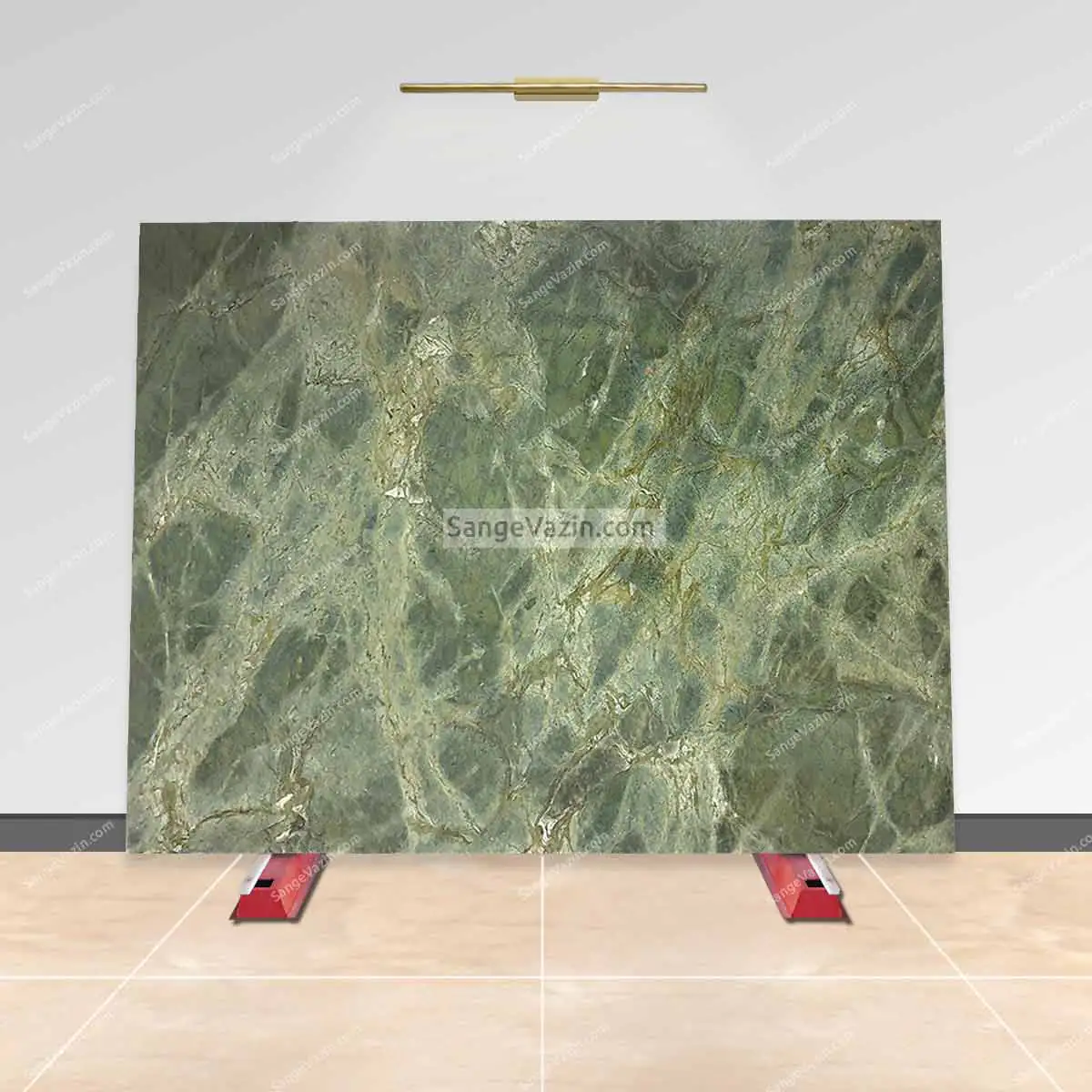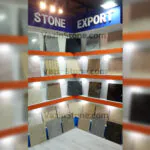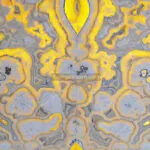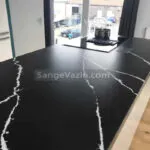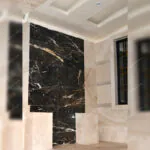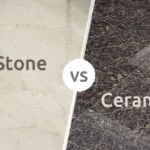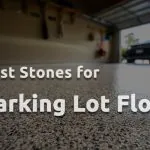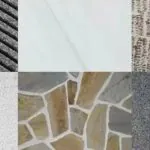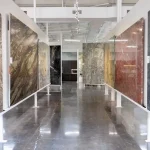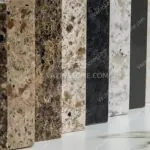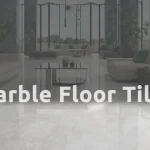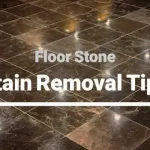
Floor Stone
Stone is a widely used material in both indoor and outdoor construction. When the flooring stone complements its surroundings, it enhances the aesthetic appeal of the building. Through this article, we will assist you in selecting the appropriate flooring stone for your construction project.
Table of Contents

The Right Choice Of Floor Stone
Choosing the right and standard flooring is very important because the possibility of changing and replacing the floor of the building would be very time-consuming and costly.
Stones are used in different types for different purposes. The right stone to use on the building floor depends on various parameters such as indoor or outdoor space use, design style, etc.
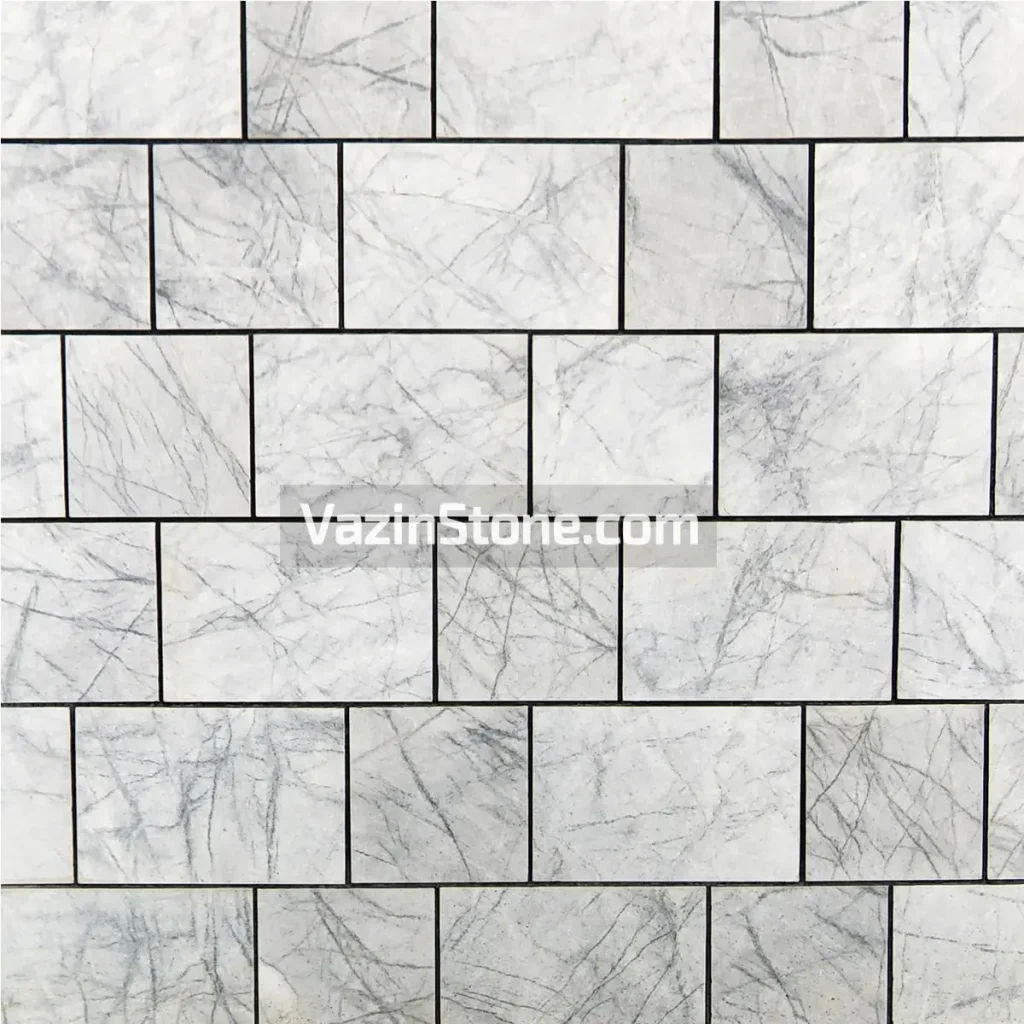

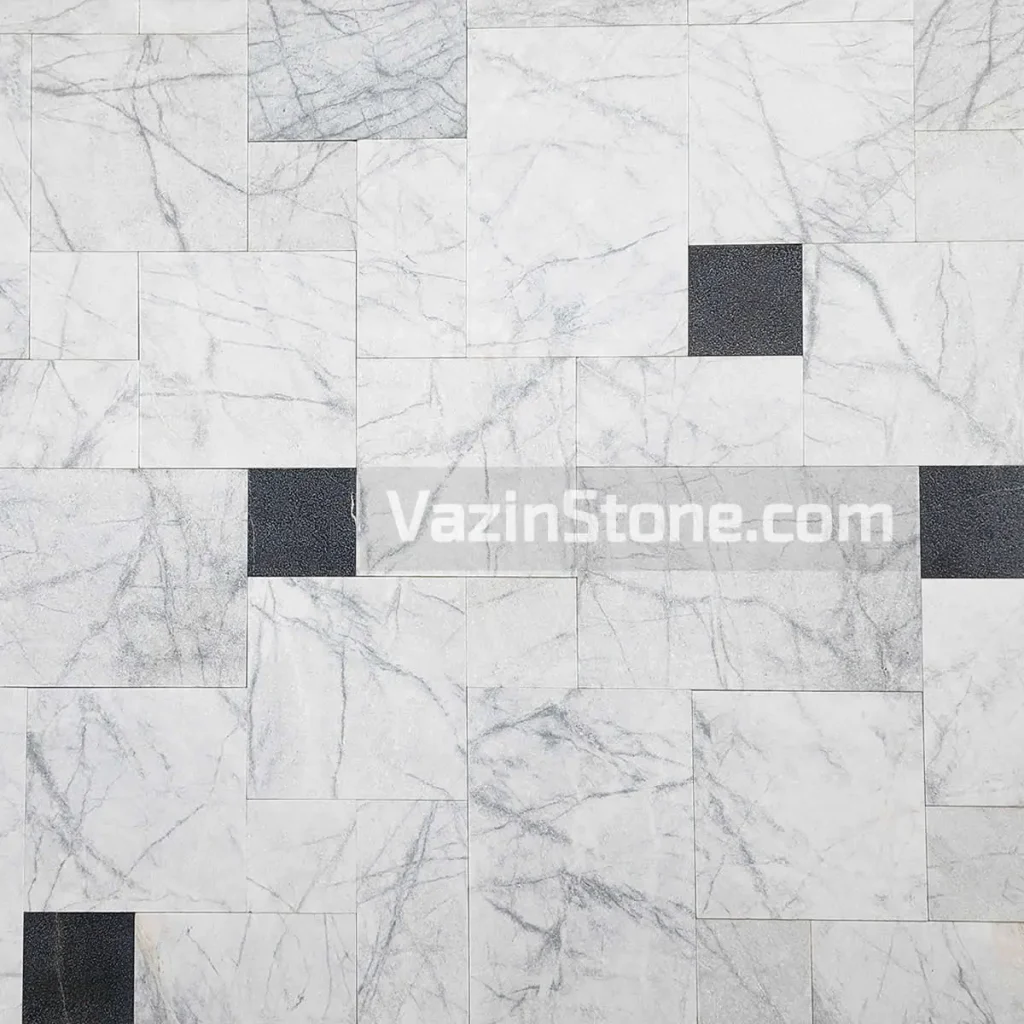
Advantages Of Using Stone On The Floor
- Natural design and color
- Compatible with any space
- Apply different types of processing for different applications
- High durability, strength, and longevity
- Lack of distribution and help reduce allergies
- easy preparation and access
- Making the environment beautiful for a long time
- Possibility of renewed surface finish
- Low water absorption and heat retention
- Easy cleaning and maintenance
- The reasonable price is due to the existence of queries in the country
Disadvantages Of Using Stone On The Floor
- They are heavy;
- Restrictions on color and design;
- Non-uniform designs and sometimes slight color differences between each tile ( because of its naturalness)
- Slippery of its glossy type
- The cold nature of stone
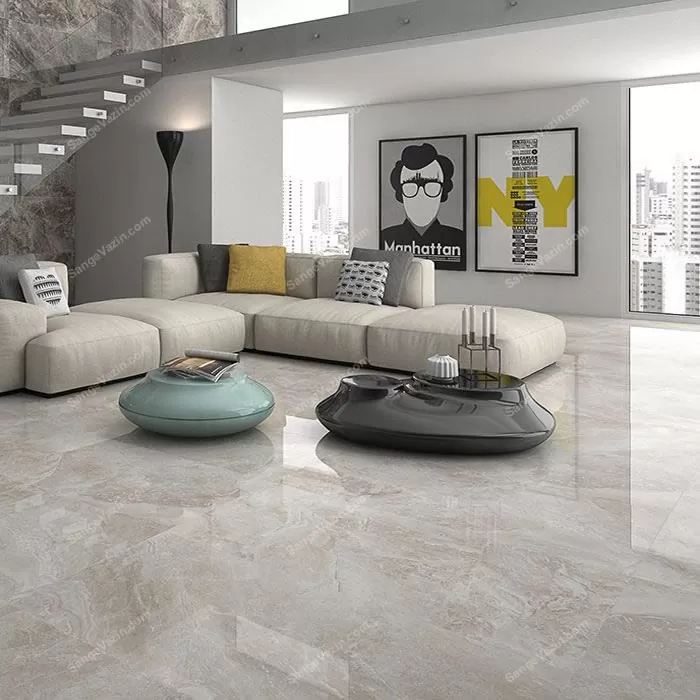



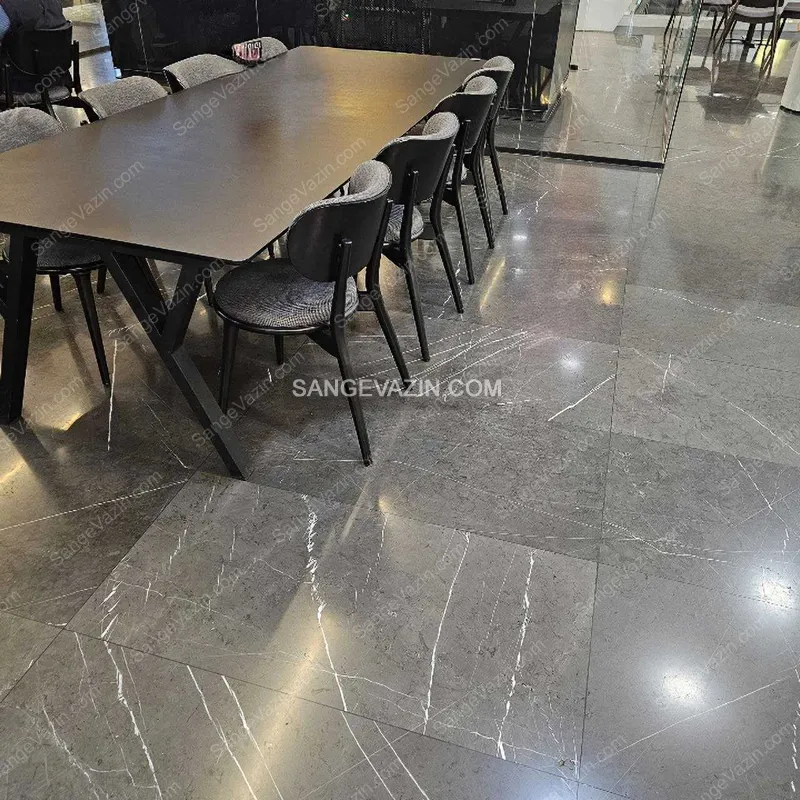


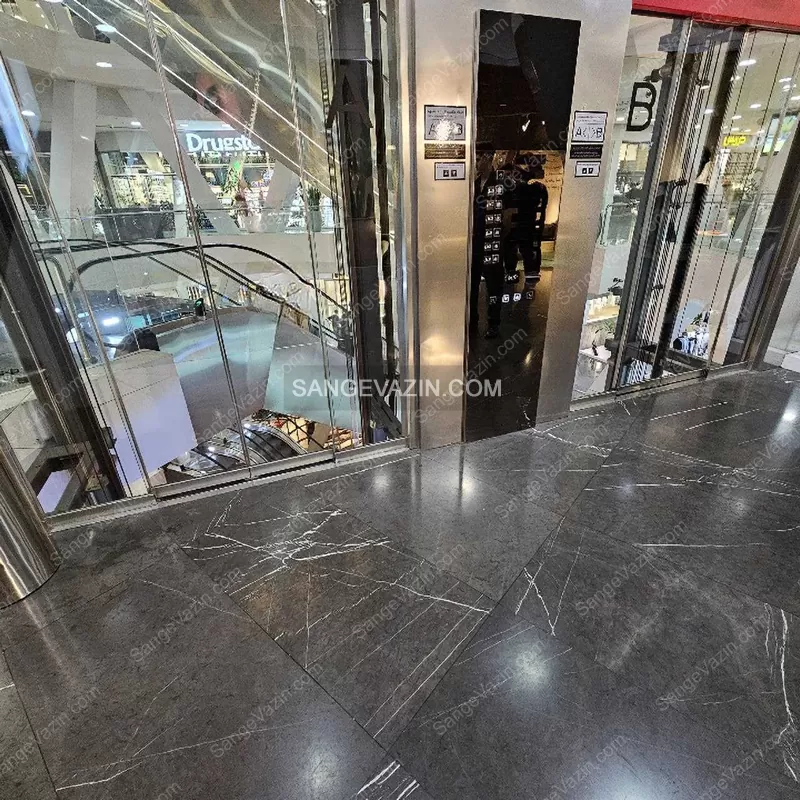



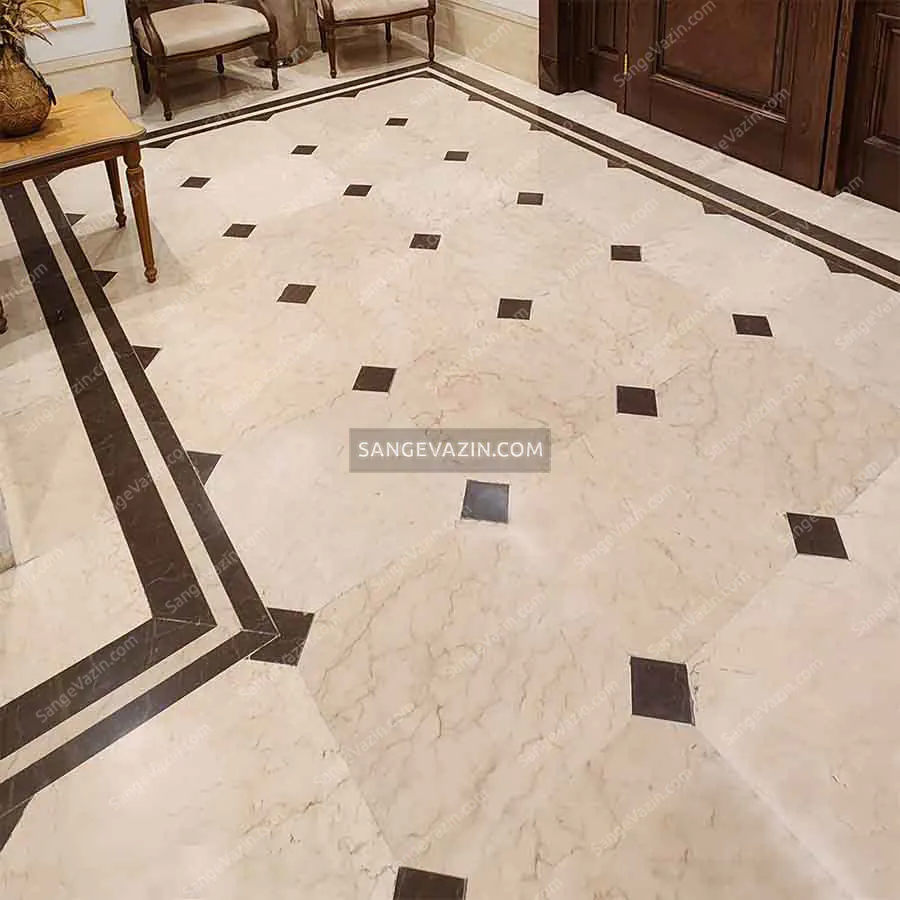
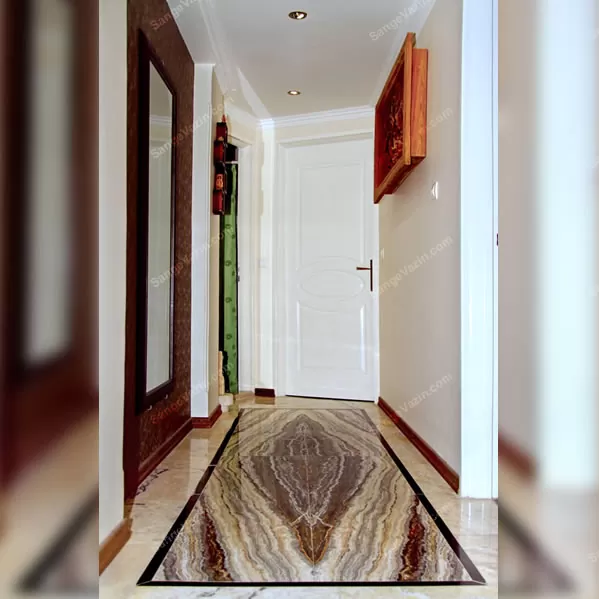
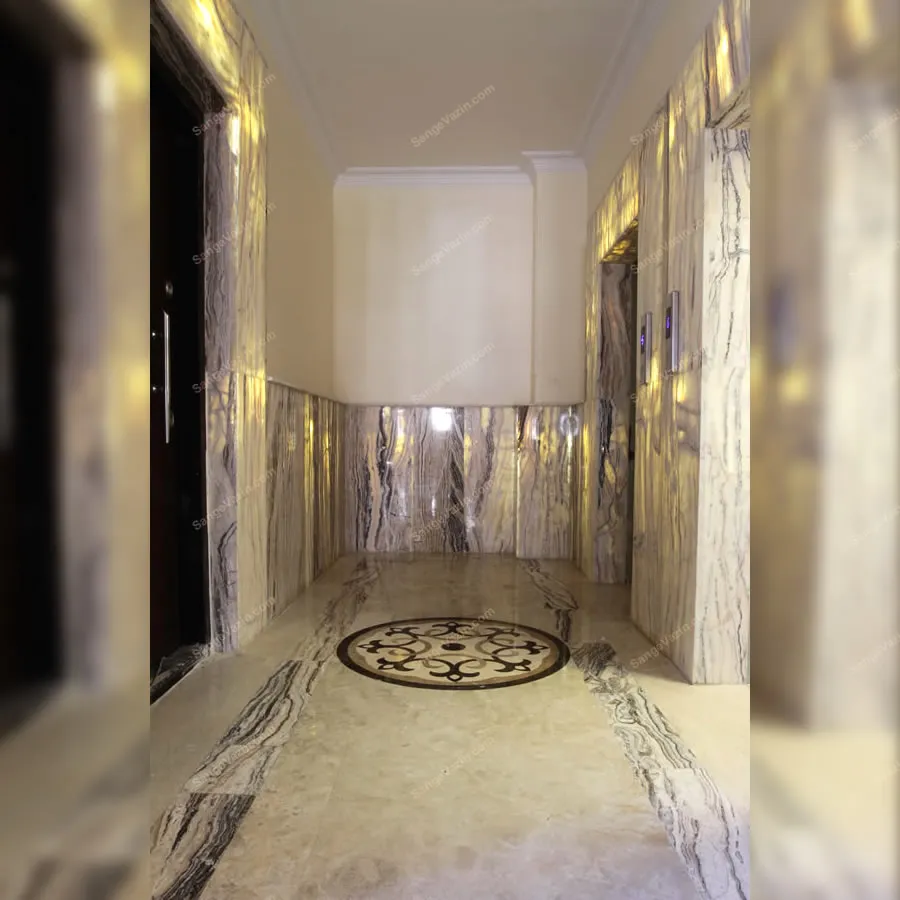

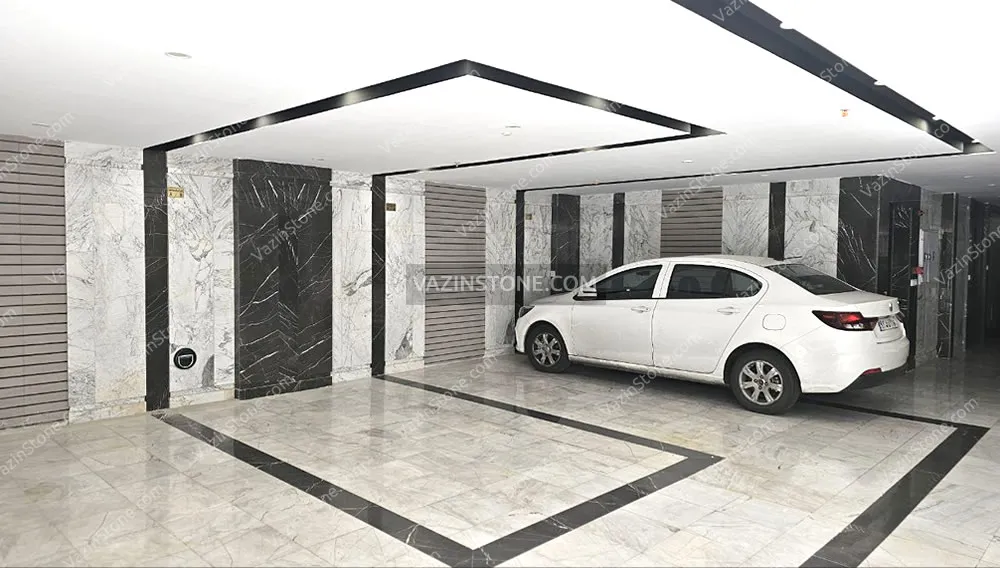

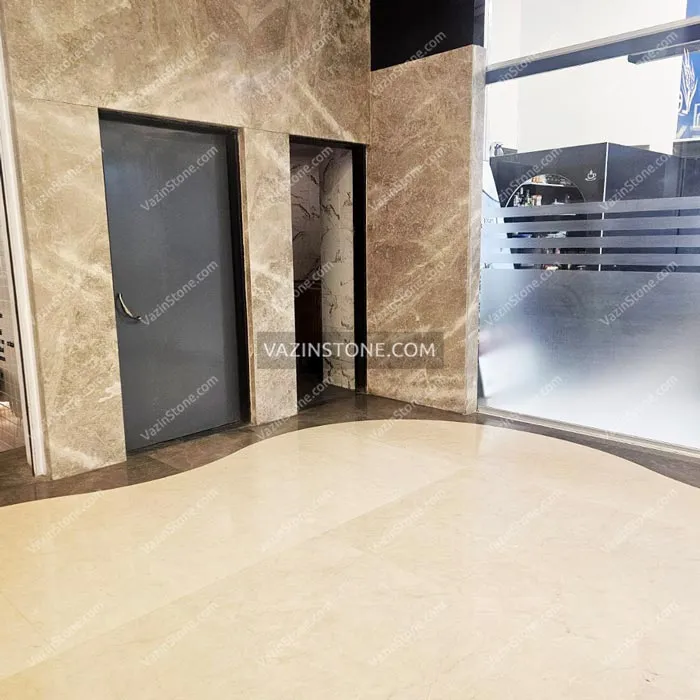
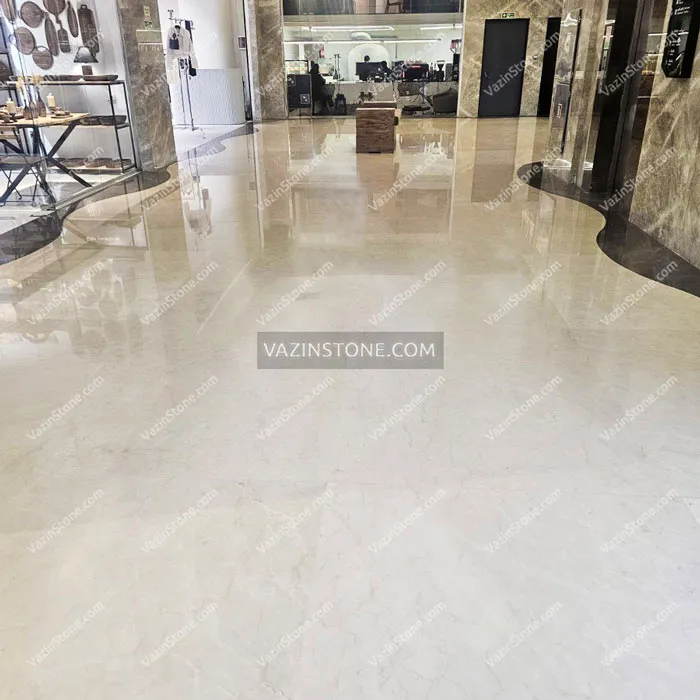
Floor Stones In Outdoor Space
Floor stones in the exterior of the building, such as in the yard, sidewalks, etc. should be resistant and stable to different environmental conditions (heat, cold, sunlight, humid environment, acid rain, traffic) and should not wear out, break or deform over time. Generally, outdoor flooring should have the following characteristics due to the difficult conditions faced.
- It should be thicker than 20 mm.
- This is because the stone should be resistant to hard objects and high weights and surface pressures and should not break and corrode.
- Should not have a glossy surface finish and a polished surface and have acceptable friction and surface adhesion.
- A glossy surface finish means a polished surface, which means a slippery surface during rain and snow.
- The flame sandblast on stone operation may solve the problem of slipperiness, but this will increase the cost again and still does not eliminate the slipperiness completely.
- The polished and glossy surface becomes scratched when exposed to harsh conditions.
- Be beautiful with all the above conditions.
- The lack of a glossy surface finish and high thickness may reduce the beauty of the stone, but choosing the right color and design can compensate for these items.
- The price should be reasonable
- Outdoor spaces in gardens, courtyards, and sidewalks are generally large, and the price of suitable flooring will greatly affect the overall cost.
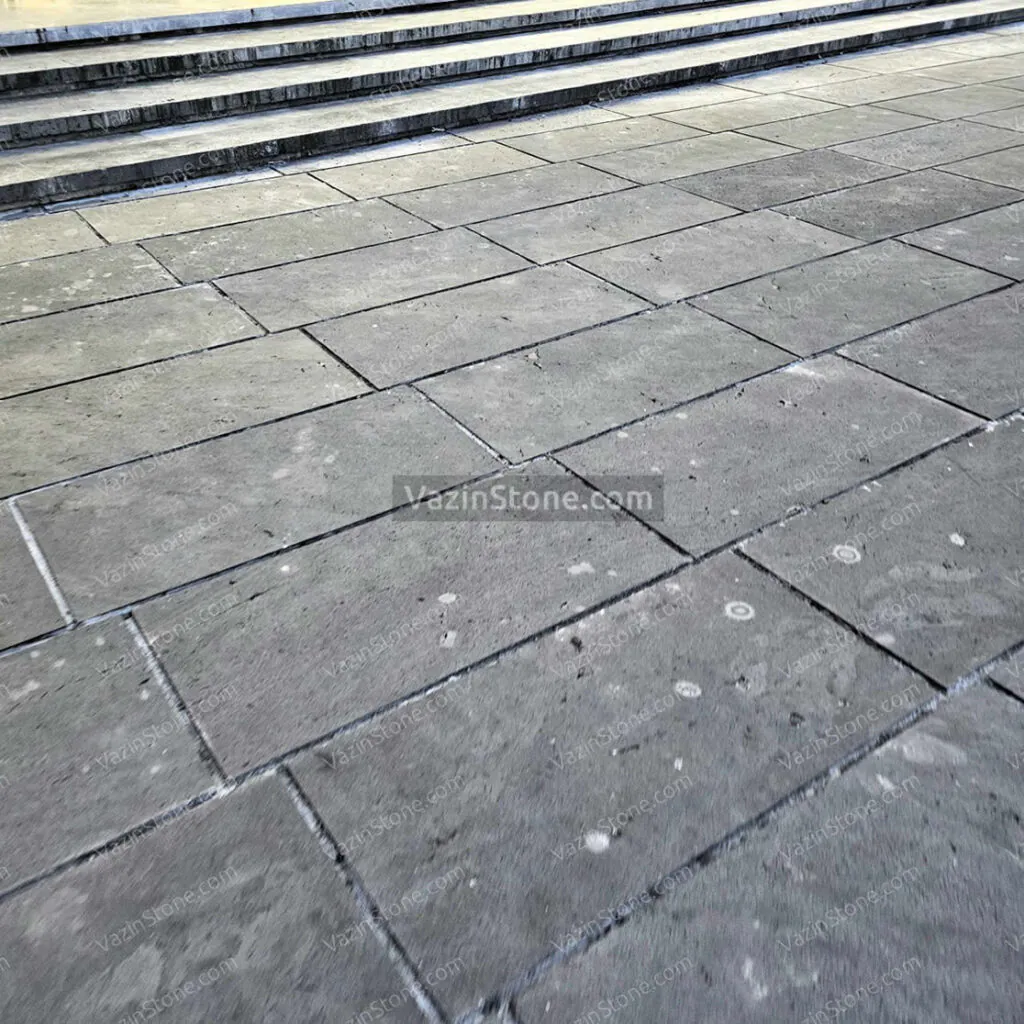


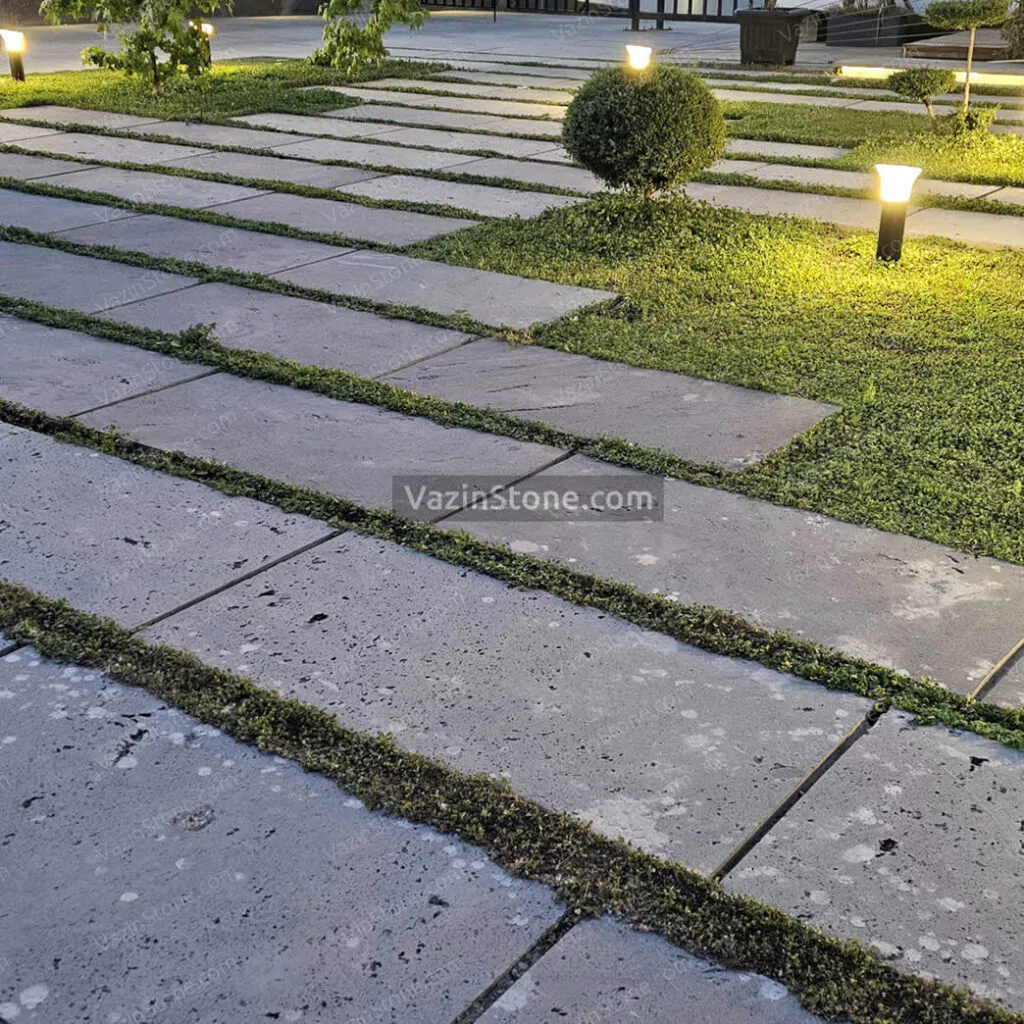
The most widely used stones in the exterior of residential buildings – office and commercial complexes are granites with non-polished processing (to have surface friction) and some marbles.
One of the most widely used stones for using the floor stone of the exteriors of parks, villas, and gardens is the porphyry pavement of Malone stone or carcass stone and cubic stone. You can also use river rubble for outdoor landscaping environments.
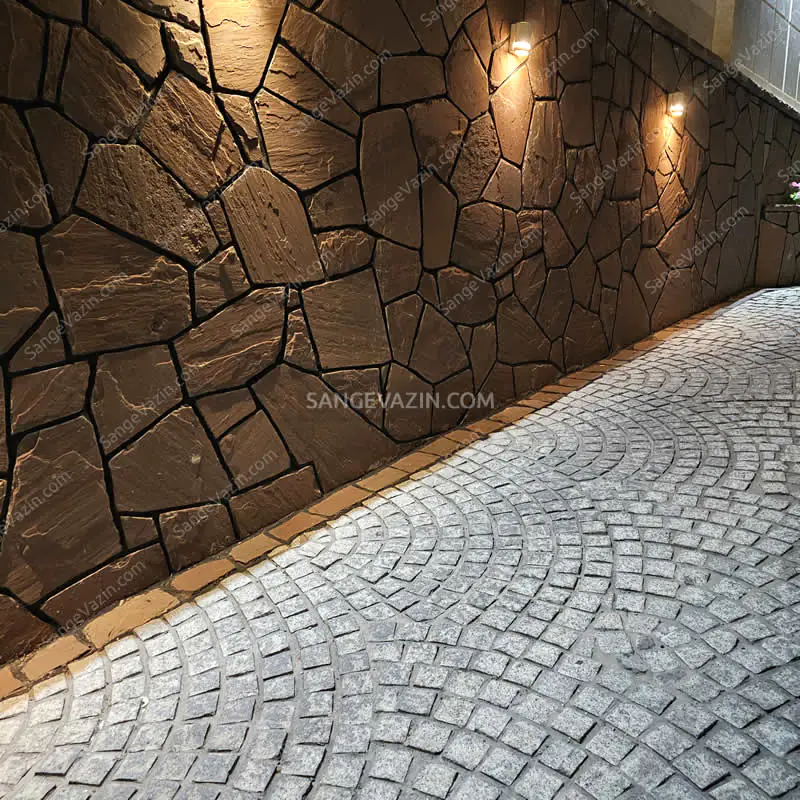
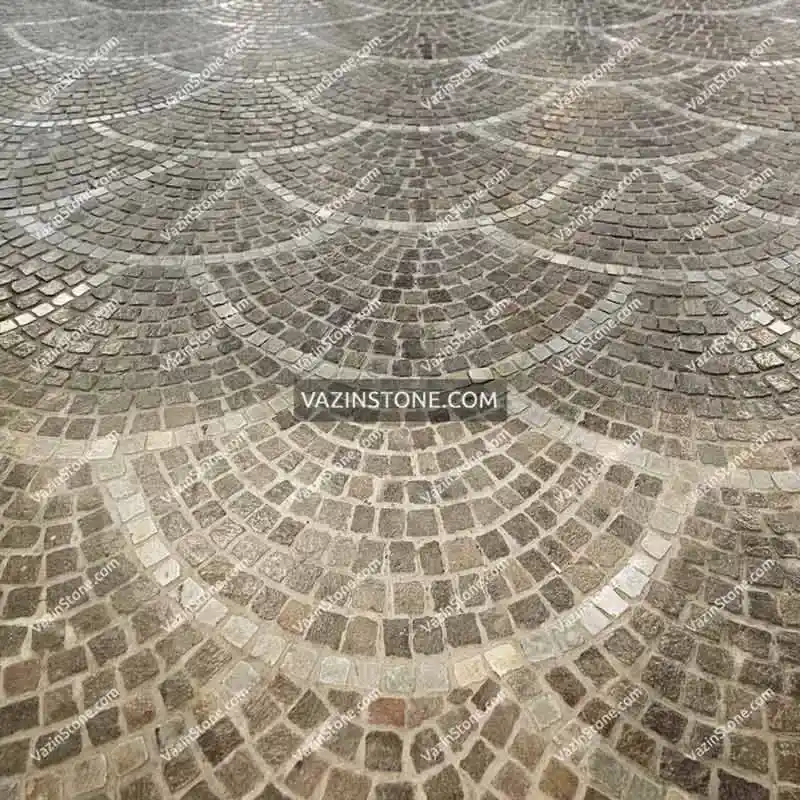

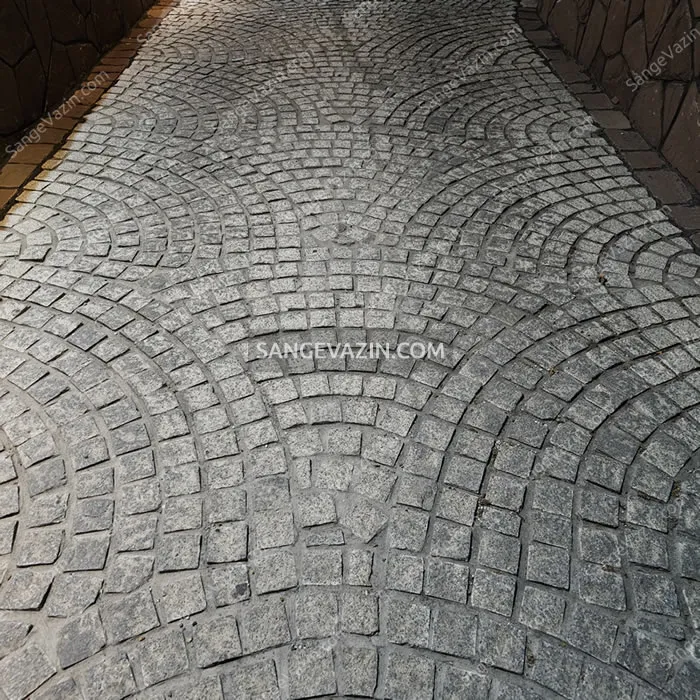

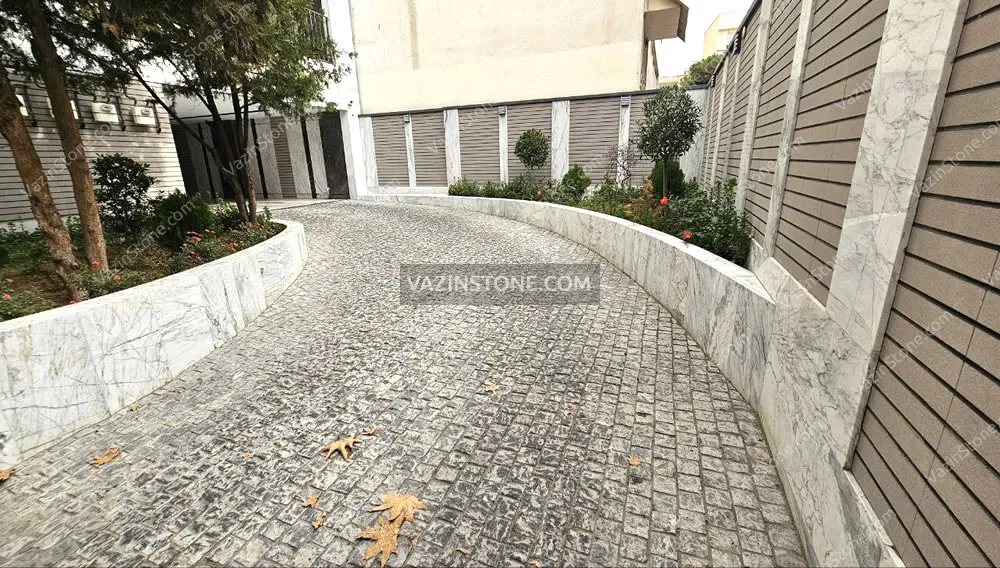
Indoor Floor Stone
The interior floor stone consists of two parts: Indoor space and common areas including parking lots, lobbies, hallways, and stairs.
Marble tiles can be used for indoor spaces, floors, living rooms, and other rooms. In this regard, we can use light and bone colors of Dehbid stones (known as Crema Marfil Marble), Abadeh waveless marble, crystal marble, and other types of marble stone.
For public spaces, it should be noted that a stone with a surface more resistant to scratches should be used due to more traffic than inside the houses. It is recommended to use granite in the parking lots. In hallways and lobbies, marble and granite can be good choices.
Another common space in which the choice of stone is of special importance is the floor stone of the elevator.
Stone inlay implementation is also common on stone flooring, used in lobbies. See the link below for more information.
Types Of Stones For Building Flooring
Travertine, Marble and Granite, Onyx stone, Limestone, Traonyx, and Sand Stone can be used in building floors. Onyx marble is not used as a floor stone very often due to its high price and sensitivity to scratches and stains. In this section, we will introduce you to three examples of the most important floor stones suitable for use in indoor and outdoor flooring:
Marble Floor Stone:
One of the most common materials used in interior flooring is marble.
once it has the right thickness and processing, this stone will be one of the best and most standard options for floor covering because it has the strength and beauty to be used on the floor at a reasonable price.
Travertine Floor Stone :
The use of travertine for flooring is also relatively common. However, we should know that this stone is lower in hardness than marble. Travertine is used for flooring as a tile with a thickness of 2 to 3 cm and as a paving stone with a thickness of 3 to 6 cm. This stone is generally used for facades.
Granite Floor Stone:
It is one of the magnificent stones due to its resistance and hardness against climate change and impact. It will be suitable for indoor and outdoor spaces with high traffic.
Granite has a glossy surface finish. They perform flame sandblasting on stone (increasing friction and adhesion on the surface ). You must do this operation if you want to use granite outdoors.






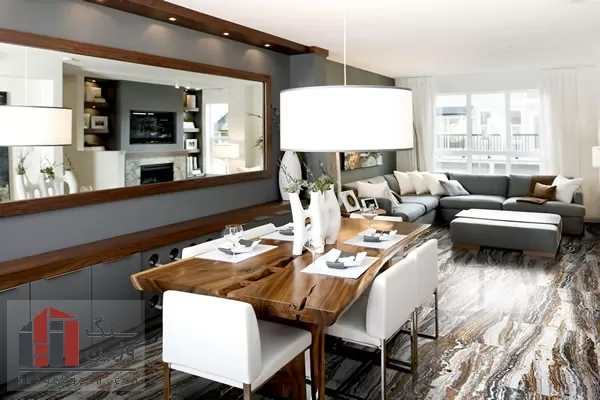


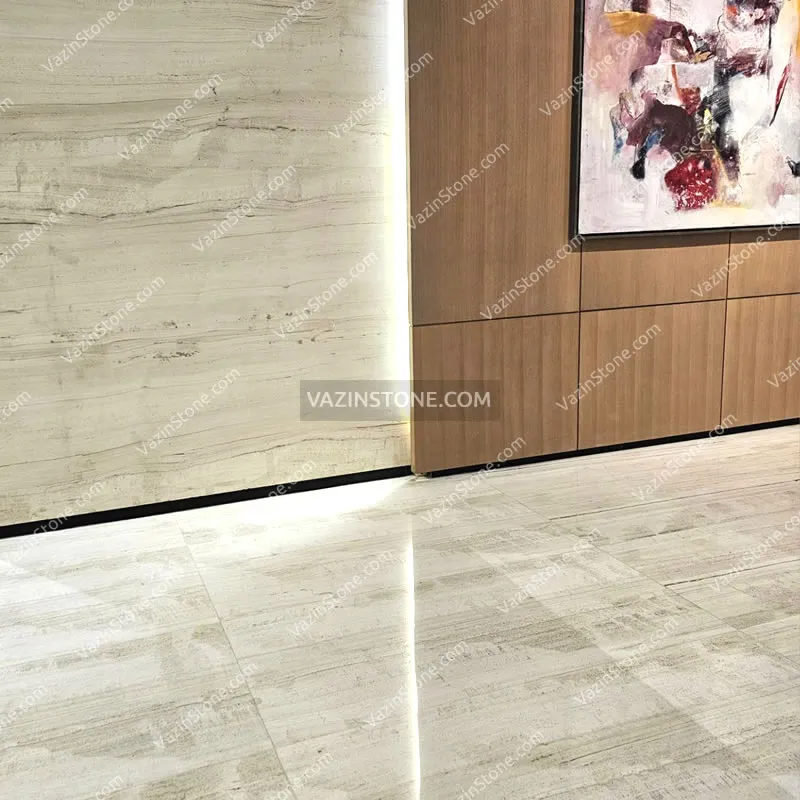

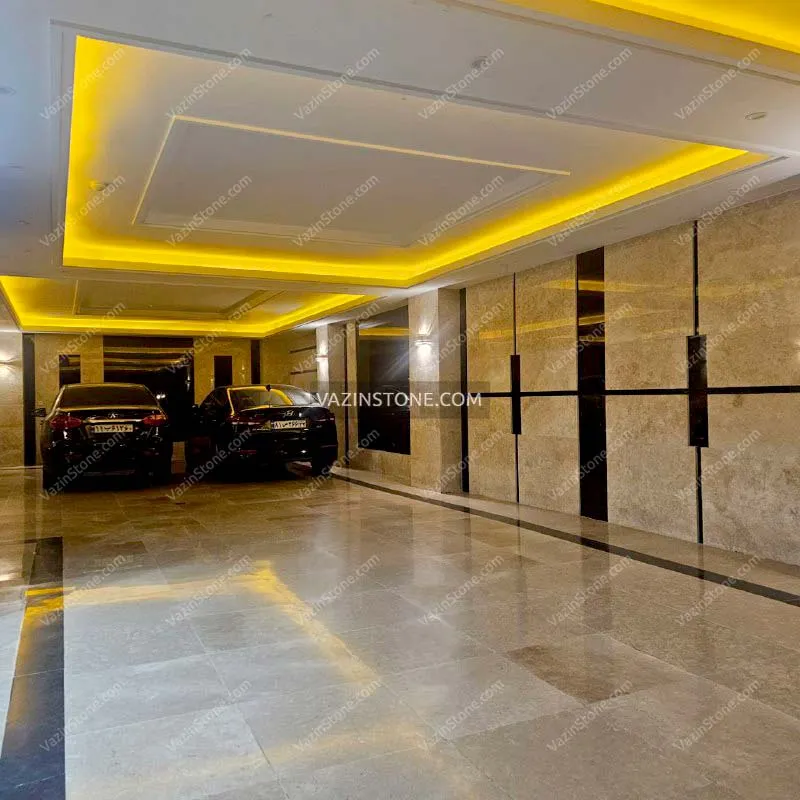
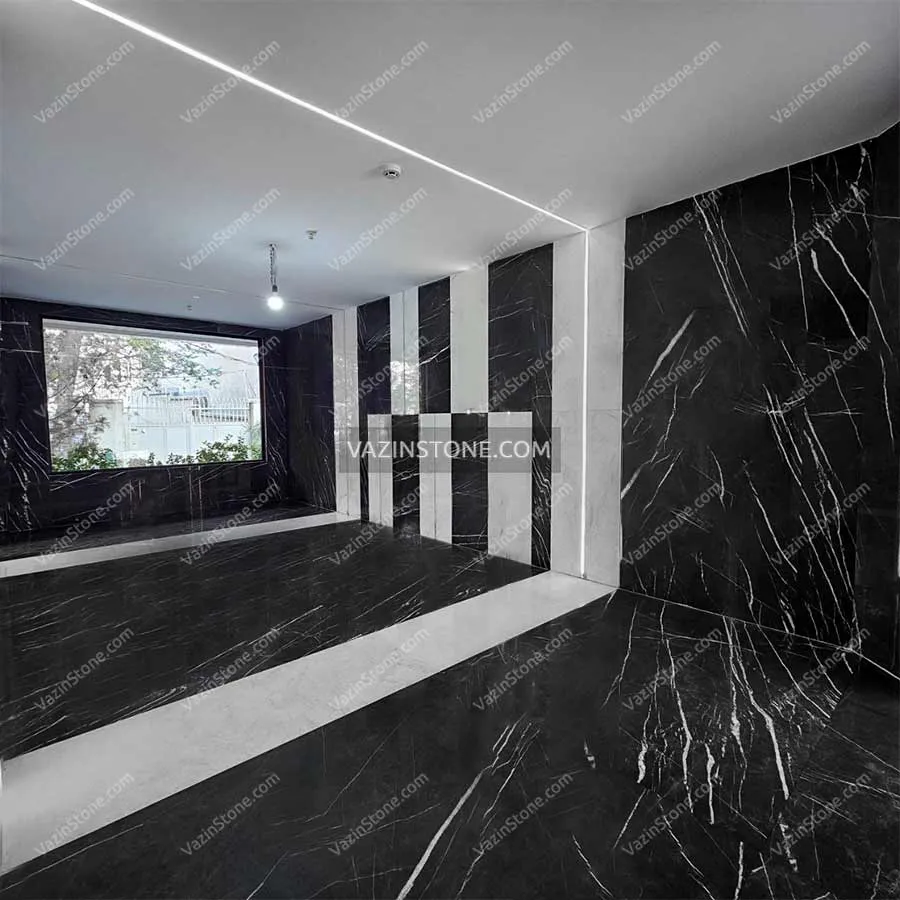
Stone For Different Uses
Note 1: Different uses such as residential, hospital, or industrial workshops have unique features. For example, the amount of traffic in the hospital is very high. In an industrial workshop, there is a possibility of heavy objects falling or spilling acids and oils on the floor.
All these factors and features make it necessary to choose the proper type of flooring for each of these uses. As the first and most important part of a building, the floor of the building is directly related to human activities. In each of the mentioned uses, stones with high resistance and a low percentage of water absorption should be used on the floor of the building.
Note 2: In general, one of the most prominent stones in the interior and exterior floor of a building is its cold nature compared to other similar materials.
This feature is used to cool the environment in tropical climates. In contrast, in cold climates, it is necessary to use different heating methods to heat the floor of the building.
Usually, shiny and slippery stones are not used for spaces such as kitchens, bathrooms, and toilets since they are exposed to direct contact with water and humidity.
This space will cause people to fall as soon as the floor of the building gets wet, and it is also not easy to walk barefoot on this type of slippery floor.
